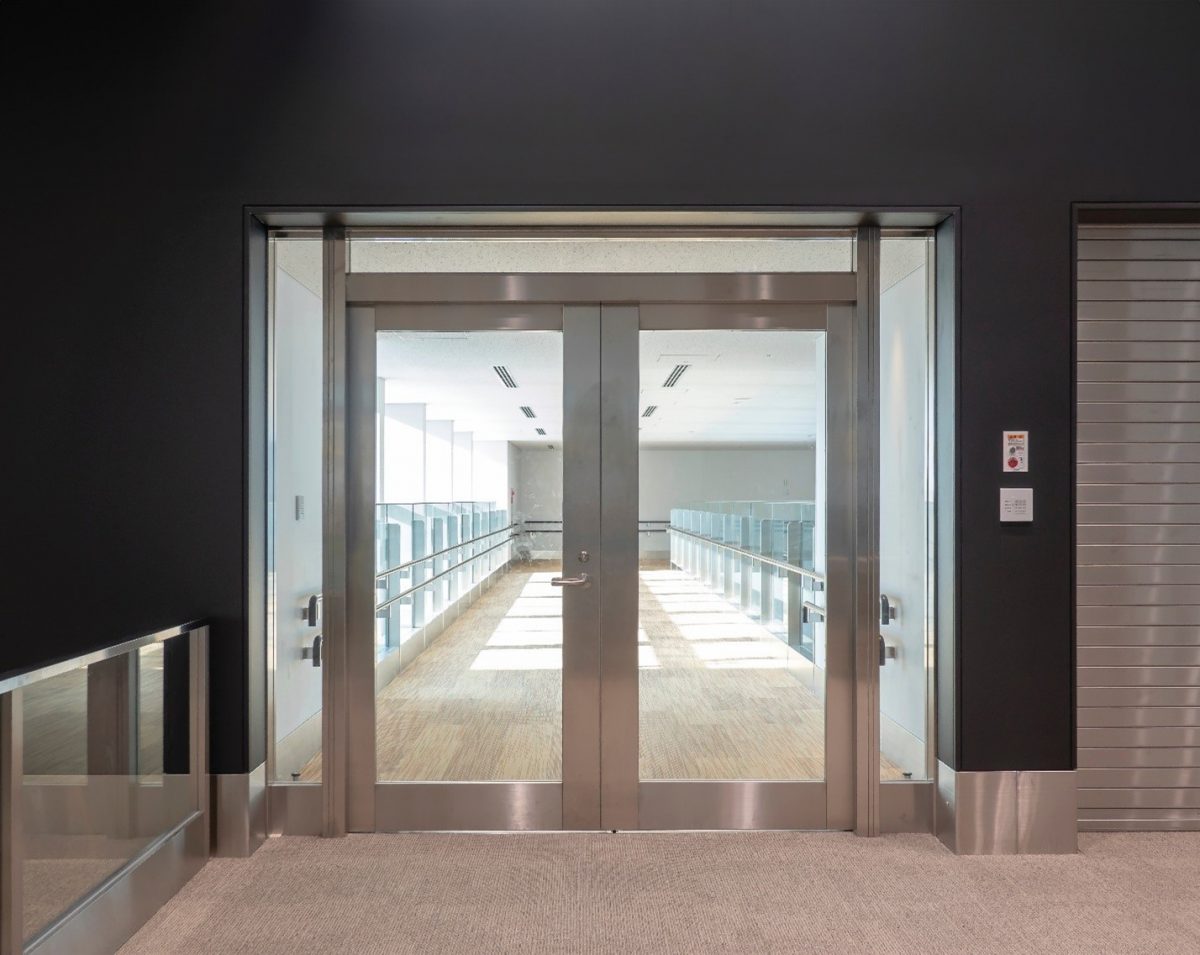Glass that can withstand high temperatures has become an integral part of modern life. With it, many of the conveniences we take for granted are possible. This glass allows both heat and light to pass in helpful ways. Read on to uncover some fascinating facts about heat resistant glass.
What is a Heat-Resistant Glass?
Heat-resistant glass is designed to withstand extremely high temperatures before failing or allowing heat to pass through. Different types of heat-resistant glass become sturdier as the maximum operating temperature increases, so selecting the appropriate classification and thickness for the heating levels is important.
Tempered glass, laminated glass, ceramic glass, and soda-lime glass are the most popular forms of heat-resistant glass. Tempered glass is the most commonly used variety. Depending on your needs, you can select the appropriate variety because they all offer distinct characteristics and benefits.
Facts about Heat Resistant Glass
Mentioned below are some evident facts about heat-resistant glass:
1. Types of Heat Resistant Glass
There are mainly two types: tempered glass and laminated glass. Tempered glass is a single piece of toughened glass, while laminated glass involves bonding two pieces of glass with an interlayer like PVB. Both undergo special manufacturing processes to increase their strength and heat resistance.
2. Double Layer Protection
Some heat-resistant glass options protect both sides by using double-sided heat-resistant glass for extra safety. The inner and outer surfaces both maintain integrity at high temperatures, helping to reduce the amount of heat that can pass through overall.
3. Approvals for Framing Systems
Leading brands test their heat-resistant glass solutions with common framing material like aluminium frames. Some even offer frameless options for maximum visibility. This helps architects and builders easily integrate the glass into partition and facade designs.
4. Noise Reduction
The extra layers in laminated heat-resistant glass provide sound-insulating properties. It can reduce noise transmission by up to 49 decibels, helping maintain quiet indoor spaces even during loud exterior conditions.
5. Impact and Pressure Resistance
Heat-resistant varieties are much stronger and almost unbreakable than regular glass, even under high pressure or impact loads. This makes them highly durable and safe for use in high-traffic areas.
6. Aesthetics and Visibility
While ensuring maximum safety, leading brands also focus on aesthetics. Their heat-resistant glass solutions maintain clarity and transparency for visibility like regular glass, allowing natural light in without compromising on design.
The Bottom Line
Heat-resistant glass provides invaluable protection during extreme temperatures while maintaining visibility and aesthetics. Whether for commercial buildings, industrial facilities, or residential homes, the various types and styles of heat resistant glass maximise safety and insulation from high temperatures. The right heat-resistant glass solution can be configured for any space with options that suit different framing materials, environments, and noise control needs.
Their strength and resistance to impact only add to their durability. For projects that demand integrity in high-heat areas, sourcing products from a reputed supplier like AIS Glass is the way to go. Our extensive expertise can deliver precisely what you need to safeguard occupants.

